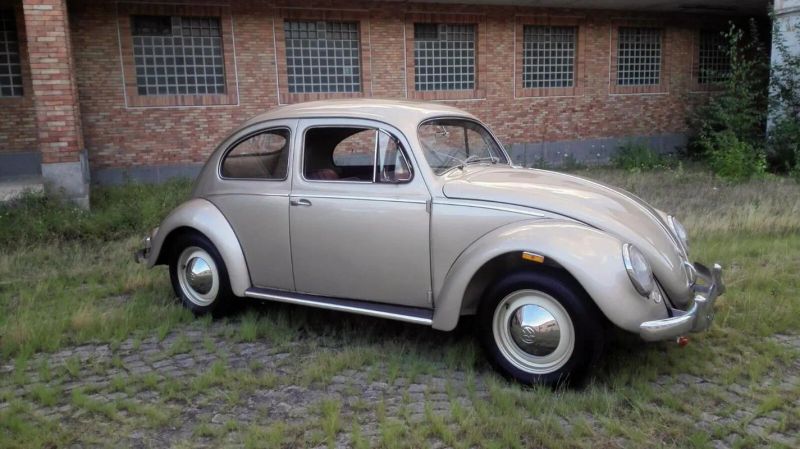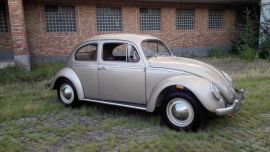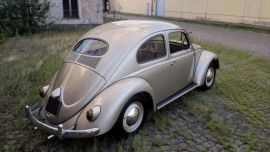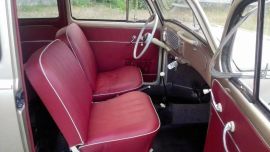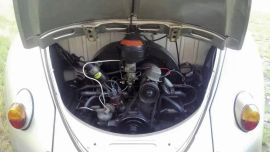VOLKSWAGEN 1200 BEETLE (1956)
VOLKSWAGEN 1200 BEETLE (1956)
CHASSIS N. 1226866
ENGINE: 4 CYLINDER BOXER
DISPLACEMENT: 1200 CM3
POWER: 36 CV
BODY STYLE: SALOON
The Volkswagen Beetle is certainly one of the most important cars in history. Launched in 1938 as the ‘People’s car’ and destined to motorize the German middle class, it was one of the first technical successes of its designer, Ferdinand Porsche.
Produced in various versions and in many factories and different countries, for almost sixty years, despite receiving almost 70,000 modifications over the years, it always remained faithful to its original technical layout based on a platform chassis, rear flat four cylinder engine, great simplicity and construction quality.
That is not all, as after surviving the ruinous end of the Third Reich that created it and being saved by an English officer who was put in charge of closing down the Wolfsburg plant but instead launched its success, it achieved the purpose it had been assigned and also laid the foundations for the sports vehicles named after the designer which, for many people, remain at the top of their sector. For many years it held the record for the highest number of vehicles produced but, in the 1950s, almost twenty years after its birth, it was still growing laboriously on the various world markets. This was due more to the conditions of the local economies and the complex and costly tax regimes that imposed duties on imports, rather than the quality of the vehicles.
For this reason, in 1956 buying a Volkswagen in Italy was not very commonplace. The national industry had already started to produce modern, efficient cars albeit with a traditional technical design, and also on a cost level the comparison was not easy because the importer had adopted a policy of containment of margins in order to privilege circulation. For example, in 1960 the VW 1200 cost 1,097,000 lire, whereas a comparable Fiat, the 1100, cost 1,013,000.
Plus, in the province of Pisa, where the vehicle proposed was registered, there was an absence of many of the motivations such as the Volkswagen’s great efficiency in the mountains due to its air cooling system and the engine located above the rear axle that guaranteed excellent traction on ice and snow.
We can, therefore, hazard a guess that the first owner of the vehicle wanted something different from the cars he normally saw on the road which would also explain the beautiful gold metallic colour, instead of the more common black, grey, beige and white that were to be seen at the time.
The vehicle has recently been subjected to fanatical restoration work and certainly represents an almost unique opportunity to obtain an original Italian ‘oval rear window’, with all the documents of the period intact and in concours condition.
The vehicle is in excellent mechanical condition but, for safety reasons, we advise the purchaser to have it checked over and to replace the fluids, filters and perishable elements.

